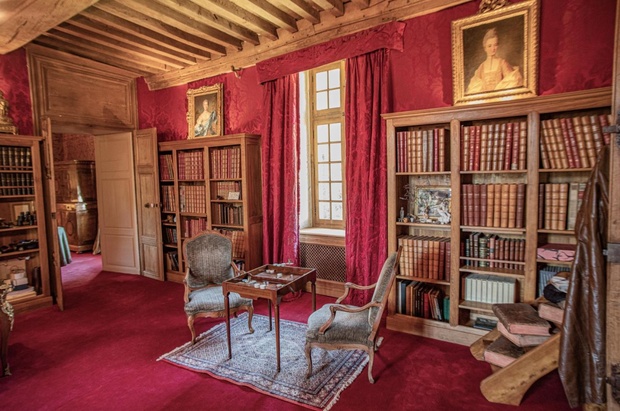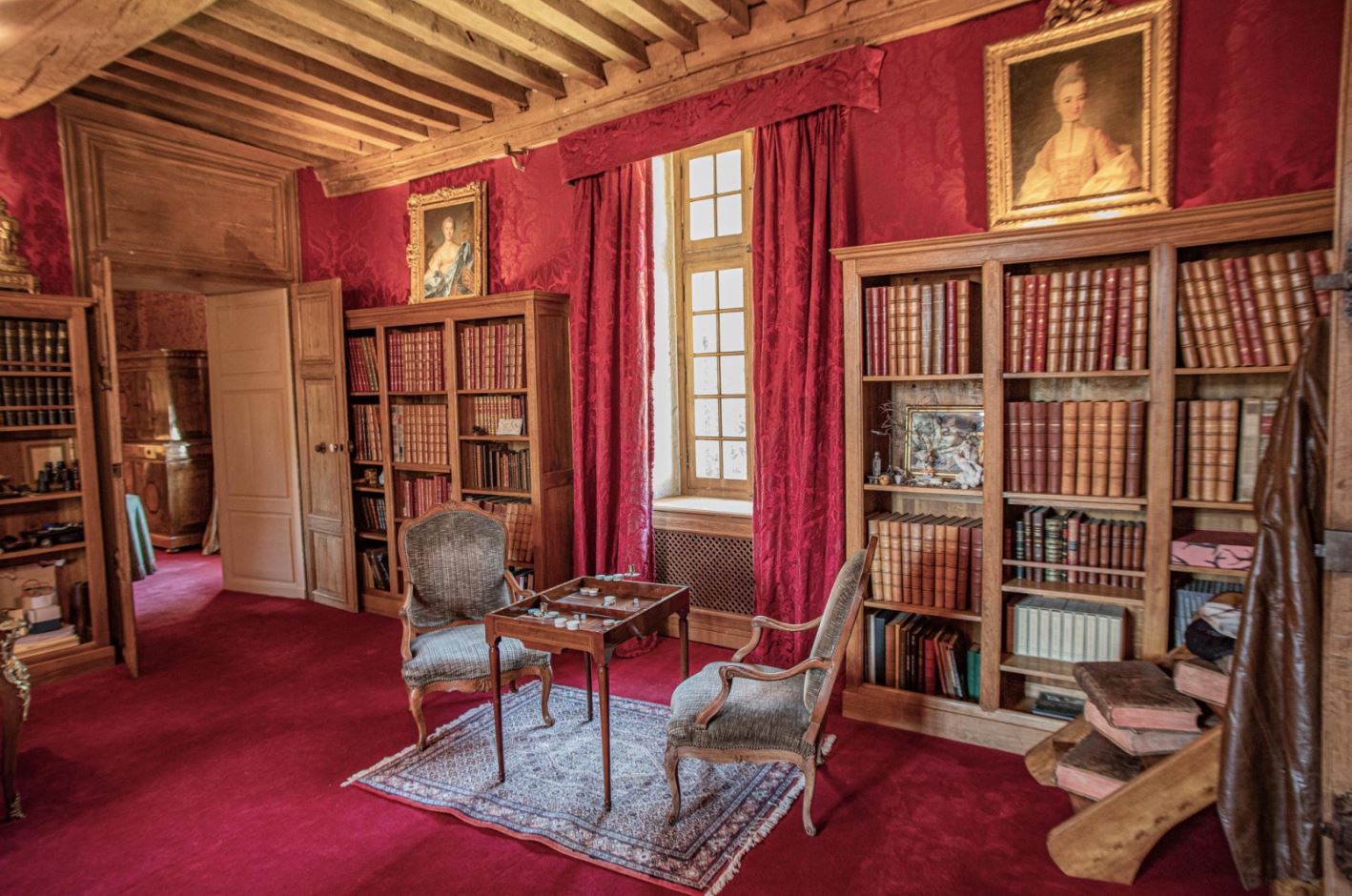I found a national treasure in Sylvie Dillée, a French native speaker, who has a passion for restoring historic monuments and fitting out their interior.
French chapels, castles, churches, monasteries have all benefitted from her careful renovation skills.
As an example, Sylvie has spent four years renovating le château de Blancey, which in located in Burgundy.
When she first visited this tiny village of 60 inhabitants, it was un ‘coup de coeur’ (love at first sight) and shortly after, she was on a mission to renovate, restore, refurbish this monument from the 16th century, with ‘mobilier’ and ‘tissus d’époque’.
As she was describing to my students what it takes to give back all its glory to a heritage legend, many could not believe their eyes when they saw the indoor rooms of le château, which has never been opened to the public.
First of all, my students learnt that the castle has been classified as a ‘monument historique’, which refer to the French State procedure by which heritage is classified for a building, due to its historical importance.
While it is true that France has some 40,000 chateaux, ranging from medieval forts to fairytale castles like the ones you see in the Loire Valley, some are in very poor condition.
‘Mais pourquoi un chateau?’ asked one of my students.
Sylvie talked about her love of French architecture and history, but also the pleasure in giving back life to a monument.
Sylvie went on to explain what it looks like to live in a château from the 16th century (which started to be built in 1564), which sits on less than 5 acres and comes with ‘un potager’ (vegetable garden), ‘une roseraie’ and a large park with a pond and a chapel - and also what it’s like to navigate a total of 27 rooms!
She identifies now as ‘une châtelaine’.
Inhabited by magistrates in the past, Blancey has ‘un escalier Renaissance’ (one of just three Renaissance staircases existing in France), named un escalier à 4 noyaux.
You could feel the passion in Sylvie’s voice when she spoke about it.
My students asked about the cost of this huge renovation.
Sylvie said that renovating only one room (depending on the carpet, the hangings, the wallpaper, the curtains, the furniture, etc) can be tens of thousands of dollars.
Unrenovated châteaux are relatively cheap in France, but restoring them can cost millions of dollars, particularly if the roof is involved.
‘Est-ce que vous ouvrez le château au public?’ asked one of my students.
'The castle is open to private family events but only once a year for ‘la Semaine des monuments historiques’. Public have access to the park, the garden, the pond and the rose garden only,' Sylvie said.
So, my students were very fortunate to be able to discover the hidden interior of the private family space, such as la salle des gardes with its fireplace, the library, the bedrooms, la salle de bal (the ballroom) and la piscine (yes, there is an inside swimming pool on the site that once housed Roman-style baths).
‘Quel a été votre plus grand defi? (What was your biggest challenge?)’ asked one of my students.
‘Trouver les bonnes personnes (finding the right people)’, answered Sylvie.
Between 30 and 40 artisans have been working on-site, such as upholsterers, carpenters, cabinet makers, stone cutters, engravers, etc., all of them belonging to the most respected ‘Compagnons du devoir’.
Les Compagnons du Devoir et du Tour de France is a French organisation of craftsmen and artisans dating from the Middle Ages.
My students learnt that they were able to reproduce the same technical methods as the ones used in the Middle Ages.
From this fantastic ‘voyage dans le temps’, I am not sure which was the most extraordinary detail that stood out to my students: the swimming pool, the massive walls, the castle towers, the ‘douceur de vivre à la française’ in the Bourgogne countryside, or maybe la Dame Blanche (The White Lady) who is thought to wander the castle.
Apparently, this is not a legend because Blancey is also known for its ghosts.
La Dame Blanche used to live in the châteaux and sometimes she is spotted about the property – or makes her presence known with noises that sound like chains rattling.
But she is always kind, Sylvie said. Maybe it was this last detail captured my students’ imagination the most.














